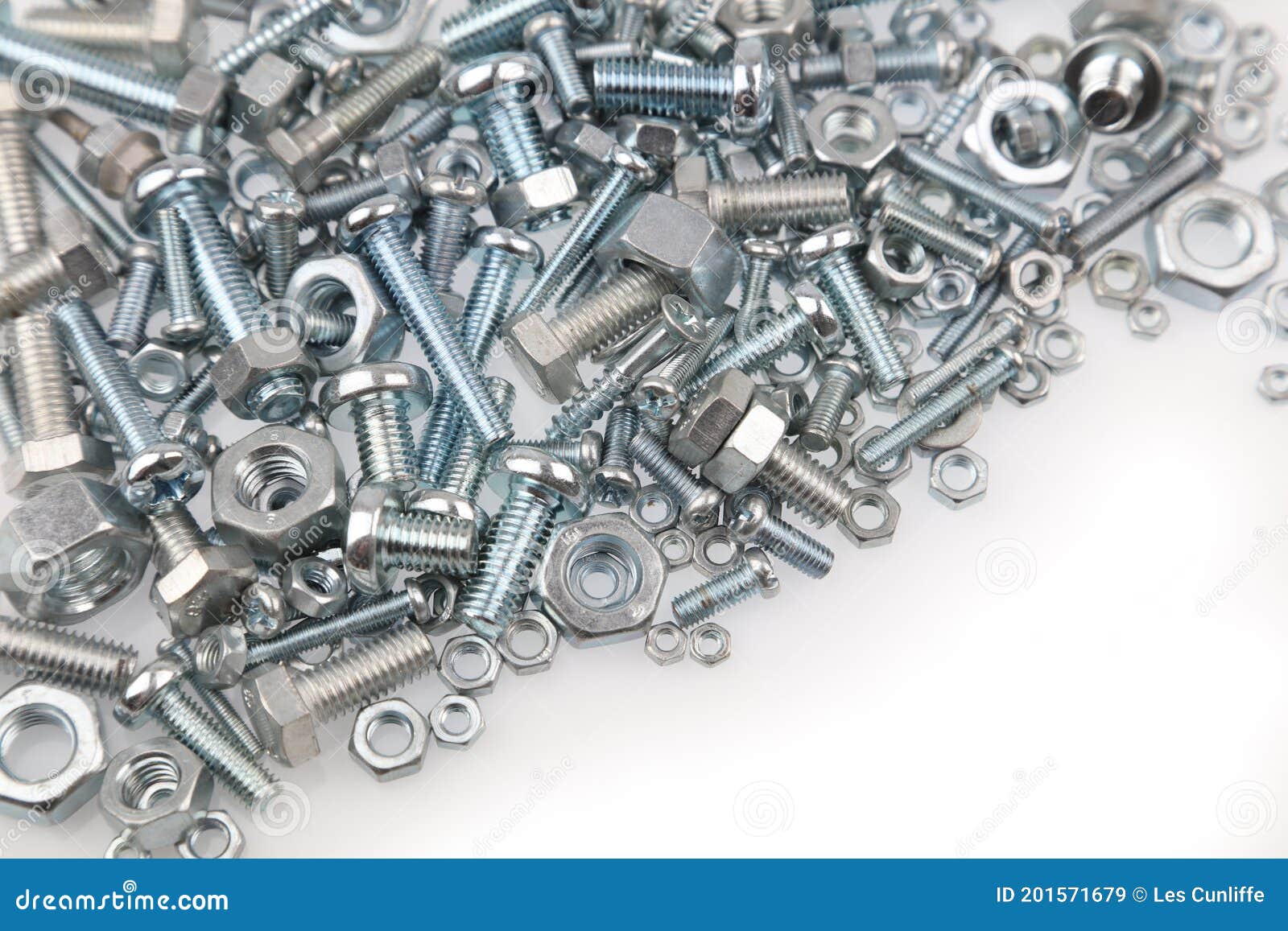Nuts and bolts represent the unsung heroes of building, design, and numerous DIY projects. These simple yet essential fasteners keep our world together, from the smallest electronics to sky-high skyscrapers. Understanding the various types of fasteners and screws, along with their particular applications, is important for anyone starting on a construction project or repair. Whether you a seasoned professional or a casual warrior, having the right understanding about these fasteners can create all the distinction in achieving longevity and safety in your projects.
In this comprehensive guide, we will discover the fascinating world of nuts and screws, including everything from their basic definitions to the ideal types for specific tasks. We will investigate the common types of bolts, such as hexagonal and carriage bolts, and discuss the different types of nuts like flange nuts and lock nuts. Additionally, we will offer insights into materials and coatings, ensuring you choose the most suitable fasteners for your task. By the end of this guide, you will be equipped with the knowledge needed to choose the ideal fasteners and bolts for any task, making your renovation, car repair, or heavy-duty tasks more effective and successful.
Comprehending Nuts and Bolts
Fasteners are essential components used in a diverse range of applications, including infrastructure to common household repairs. At their core, a bolt is a round metal rod that is intended to be inserted into a pre-existing hole, often paired by a nut, which is a hexagonal piece of metal with a hole in the center that aligns to the size of the bolt. Together, they create a strong connection between multiple parts, providing stability and integrity in assemblies.
The selection of the appropriate type of nut and bolt is critical for the success of any project. Each type serves a distinct purpose and is tailored to varied materials and loads. For example, lag bolts are ideal for linking wood to wood or wood to masonry, whereas carriage bolts are commonly used to link metal parts. Grasping these distinctions is key to confirming that your fasteners will support the desired load and cope with environmental conditions.
In addition to the different types of nuts and bolts, there are also important specifications to take into account, such as thread types and material makeup. Coarse and fine threads, as well as metric and imperial units, can significantly influence the performance of the fasteners. Using the proper materials, such as stainless steel for corrosion protection or nylon lock nuts for added security, can significantly enhance the longevity and effectiveness of the links in your projects.
Types and Applications
When it comes to nuts and bolts, grasping the different types and their distinct applications is crucial for any project. For general use, hexagonal bolts are among the most prevalent and versatile options. Check Out Your URL work well in applications ranging from infrastructure to mechanics due to their firm hold and compatibility with common hex nut dimensions. Carriage bolts, with their smooth crowns and angular bodies, are well-suited for fastening wood materials, notably when a smooth surface is desired. Lag screws, designed for robust tasks, are well-suited for anchoring items into wood, providing a strong hold that can withstand substantial stress.
In the automotive sector, particular fasteners are engineered to meet strict safety and performance standards. Metric fasteners are often used in European vehicles, while standard imperial bolts are more common in vehicles in the USA. The right choice of bolts can affect everything from engine stability to wheel mounting, making it important for repair work and upgrades. Additionally, locking nuts are frequently employed in automotive applications to prevent unfastening due to vibrations, ensuring that key parts remain stable over time.

For do-it-yourself home improvement projects, selecting the correct nuts and bolts can profoundly influence the durability of your work. Different materials and coatings play a key role in the lifespan and performance of fasteners. Stainless metal offers outstanding corrosion resistance, ideal for outdoor applications, while zinc-coated choices provide a budget-friendly solution for indoor projects. Understanding these nuances allows homeowners and professionals alike to select the most suitable nuts and bolts, ensuring a sturdy and enduring construction.
Components and Requirements
When selecting nuts and bolts for your applications, the substance is a crucial factor that affects durability, rust resistance, and overall longevity. Steel remains the most popular choice for general-purpose fasteners due to its high tensile strength and cost-effectiveness. For uses that demand increased resistance to oxidation and corrosion, stainless steel is greatly recommended, making it suitable for both outdoor and marine environments. In addition, brass is often chosen for its superior corrosion resistance and aesthetic appeal, frequently used in plumbing and decorative applications.
Various coatings can additionally enhance the performance properties of nuts and bolts. Zinc plating provides a protective layer against rust, making it ideal for common use, while galvanized coatings offer superior corrosion resistance in harsh environments. When it comes to specific coatings, options like nylon can add extra protection and reduce friction during assembly. Understanding these materials and coatings will assist ensure that you choose fasteners able of withstanding the conditions to which they will be exposed.
Standards such as thread type, grade, and size are just as important. Threads can be coarse, smooth, or metric, with specific applications indicating one over the others. Bolt grades indicate their strength, which is determined by tensile and yield strength, which is essential for load-bearing applications. By understanding these specifications, you can make informed decisions that align with the demands of your particular project, ensuring safety and effectiveness in your fastening solutions.
